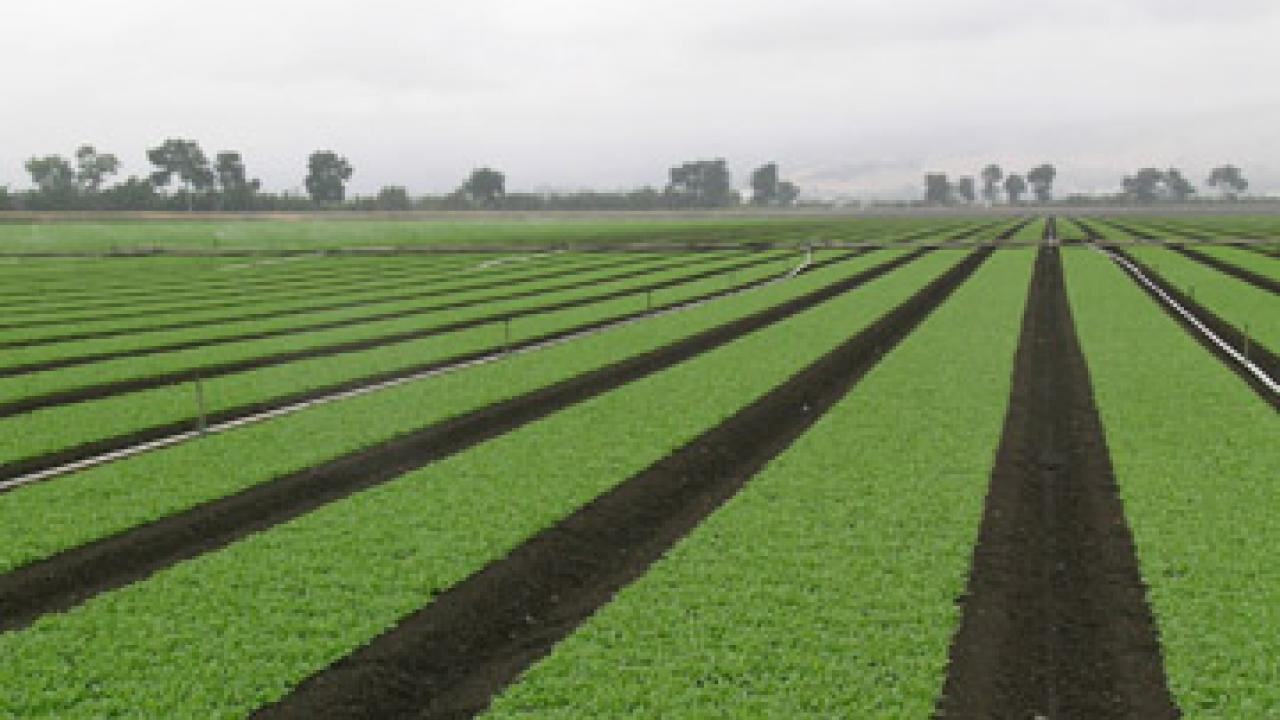A team of UC and government scientists will soon begin tracking the sources of E. coli O157:H7 in the Salinas Valley in a $1.2 million study funded by the U.S. Department of Agriculture, and designed before the recent E. coli outbreak associated with spinach.
"There has been much speculation that livestock or wildlife are possible sources of the E. coli O157:H7 in outbreaks in fresh produce from the Salinas Valley region," said Edward "Rob" Atwill of the UC Davis School of Veterinary Medicine. He is a specialist in waterborne infectious diseases and the study's co-principal investigator, with Robert Mandrell of the USDA's Agricultural Research Service.
The research team will examine livestock and wildlife on the rangeland above the farmland, and wildlife living near canals and vegetable fields on the valley floor. Thousands of samples are to be collected during the study's first two years — samples of domestic animal and wildlife droppings; creek, ditch and irrigation water; farm soil; and lettuce growing on Salinas Valley farms.
The field data will be analyzed to identify which animals are sources of E. coli O157:H7 and to assess the climate, landscape attributes and irrigation management correlated with increased risk of contamination. This information also will be used to determine whether contaminated lettuce is associated with certain farming practices or environmental factors.
Laboratory tests will then be used to genetically "fingerprint" and track bacteria found in various animals, waterways, farms and vegetables.
The scientists hope their research also will help them understand why E. coli bacteria are found more often during winter in the waterways of the Salinas Valley, but the outbreaks associated with fresh vegetables have occurred during summer and fall.
The study findings will be used to help growers develop strategies for preventing contamination of vegetables in the field, to educate the public about the potential impacts of rangeland runoff, and to improve water quality management practices.
Media Resources
Dave Jones, Dateline, 530-752-6556, dljones@ucdavis.edu
